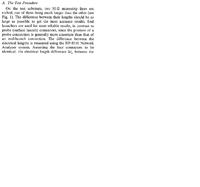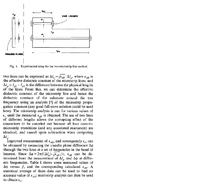TXRX
Full Member level 2
Hi,
I understand from the PCB manufacturer that he measure the impedance 50ohm with TDR (Pulse), he measure the propogation delay of the pulse and calculate the impedance.
Is this impedance will be the same if i test it with VNA at frquency of 5GHz ?
I understand from the PCB manufacturer that he measure the impedance 50ohm with TDR (Pulse), he measure the propogation delay of the pulse and calculate the impedance.
Is this impedance will be the same if i test it with VNA at frquency of 5GHz ?

